1. Bakersfield, California
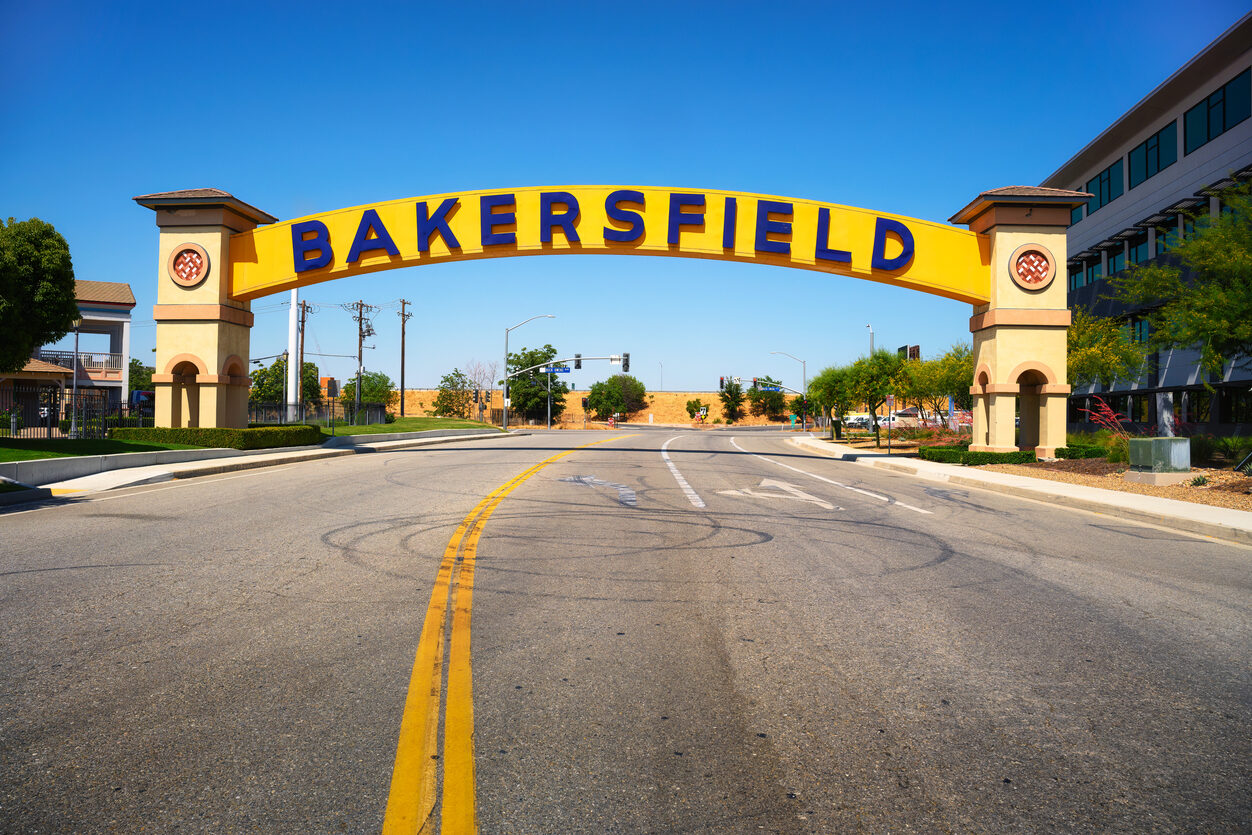
Nestled in California’s San Joaquin Valley, Bakersfield consistently ranks as one of the most polluted cities in the United States. The city’s air quality challenges are primarily due to high levels of particulate matter (PM2.5) and ozone pollution. Geographical factors play a significant role; the surrounding mountains trap pollutants, preventing them from dispersing and leading to higher concentrations in the air. Agricultural activities, oil production, and vehicular emissions further exacerbate the situation, contributing to both year-round and short-term particle pollution. According to TIME, Bakersfield’s location in a valley surrounded by mountains creates a “bowl” effect that traps air pollutants. This geographical configuration leads to temperature inversions that prevent the dispersion of pollutants, exacerbating air quality issues.
Residents of Bakersfield face increased health risks associated with poor air quality, including respiratory issues, cardiovascular diseases, and aggravated asthma symptoms. The local government and community organizations have implemented measures to combat pollution, such as promoting the use of cleaner technologies and encouraging public transportation. However, persistent challenges remain, and continuous efforts are essential to improving the air quality for the city’s inhabitants.
2. Visalia, California
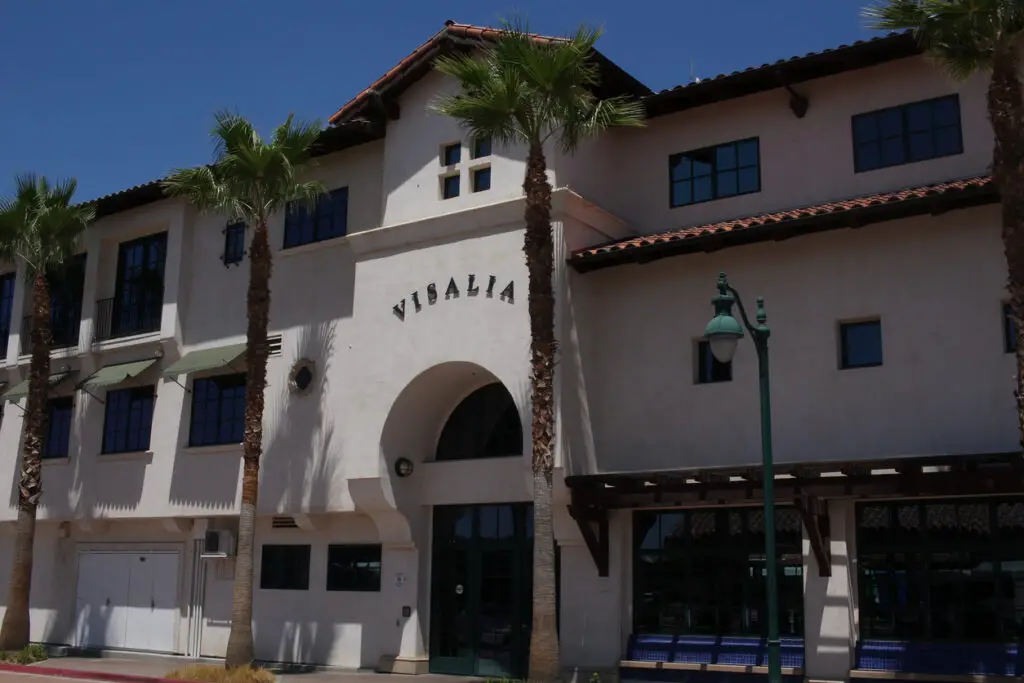
Located just north of Bakersfield, Visalia shares many of the same air quality challenges as its neighbor. The city experiences high levels of ozone and particulate matter pollution, largely due to agricultural activities, industrial operations, and vehicle emissions. According to the City of Visalia, the topography of the region contributes to the accumulation of pollutants, as the surrounding mountains limit air circulation and trap contaminants in the valley.
The health implications for Visalia’s residents are significant, with increased risks of respiratory and cardiovascular conditions. Efforts to improve air quality in Visalia include initiatives to reduce emissions from industrial sources, promote sustainable farming practices, and enhance public awareness about the importance of air quality. Despite these efforts, the city continues to face challenges in achieving cleaner air, underscoring the need for ongoing commitment and innovative solutions.
3. Fresno-Madera-Hanford, California
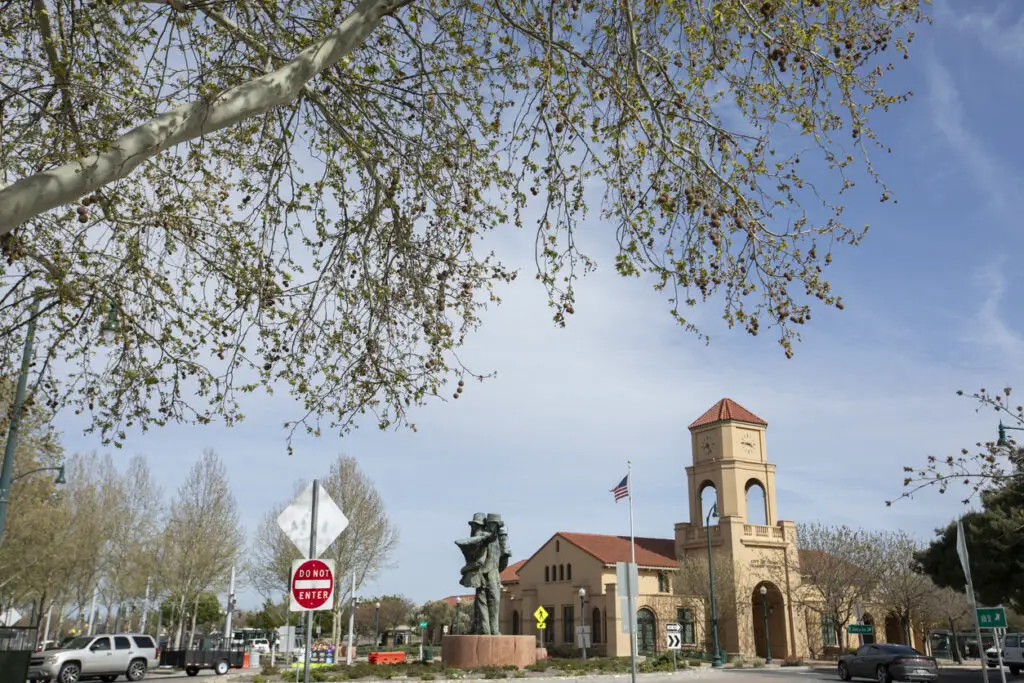
The Fresno-Madera-Hanford metropolitan area is another region in California’s Central Valley that struggles with poor air quality. The area is plagued by high concentrations of both ozone and particulate matter stemming from a combination of agricultural emissions, industrial activities, and traffic pollution, according to IQAir. Seasonal factors, such as temperature inversions during the winter months, can trap pollutants close to the ground, leading to episodes of particularly poor air quality.
Residents in this region are at heightened risk for health issues related to air pollution, including asthma, bronchitis, and other respiratory ailments. Local authorities have implemented various programs aimed at reducing emissions, such as incentivizing the adoption of cleaner farming equipment and promoting alternative transportation options. Continuous monitoring and community engagement are crucial to making meaningful progress in improving air quality in the Fresno-Madera-Hanford area.
4. Los Angeles-Long Beach, California
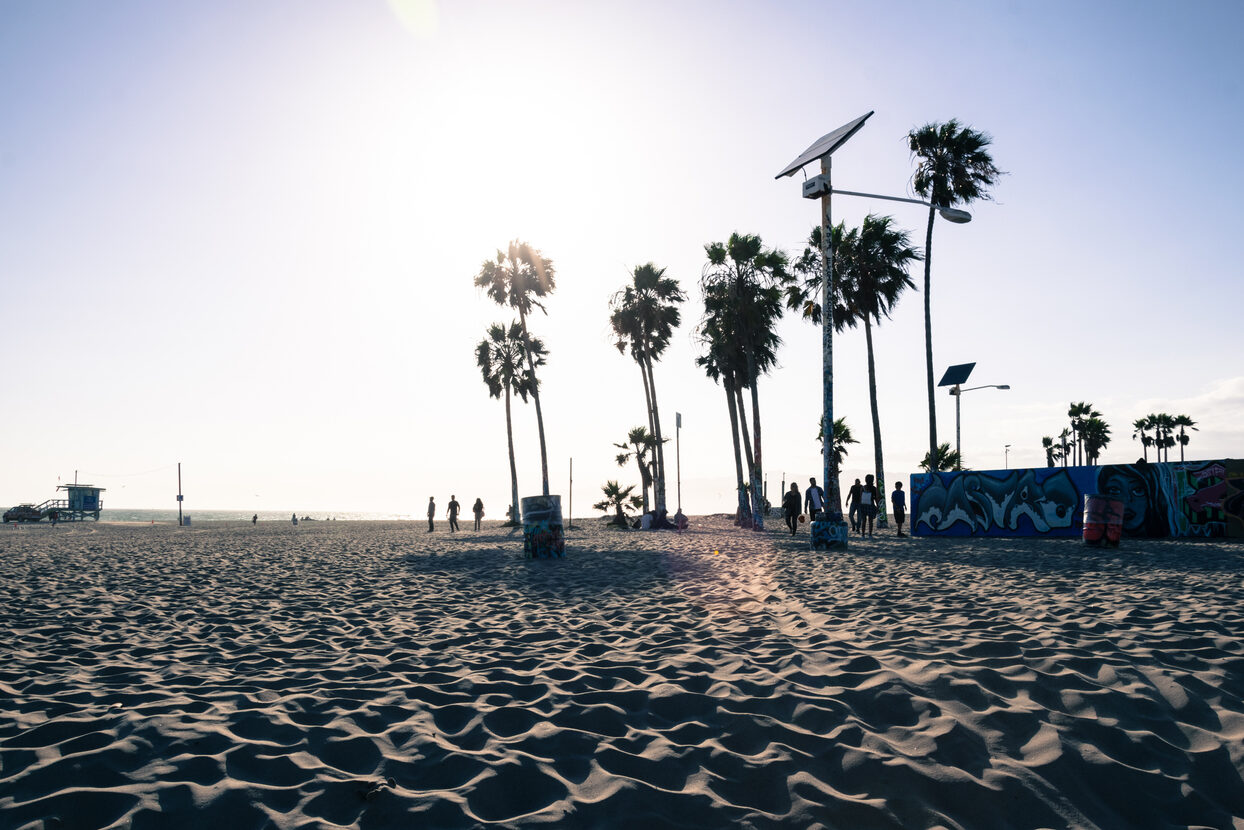
The Los Angeles-Long Beach metropolitan area is renowned for its vibrant culture and economic significance, but it also faces significant air quality challenges. The region has long struggled with smog, primarily due to high levels of ozone pollution. According to the LAist, contributing factors include emissions from the extensive network of vehicles, industrial activities, and the bustling ports of Los Angeles and Long Beach. Geographical features, such as surrounding mountains and frequent temperature inversions, exacerbate the situation by trapping pollutants in the basin.
The health impacts on residents are substantial, with increased incidences of respiratory diseases, cardiovascular problems, and other pollution-related health issues. Over the years, significant efforts have been made to improve air quality, including stricter vehicle emission standards, the promotion of public transportation, and initiatives to reduce industrial emissions. While progress has been noted, the Los Angeles-Long Beach area continues to work towards achieving cleaner air for its inhabitants.
5. Phoenix-Mesa, Arizona
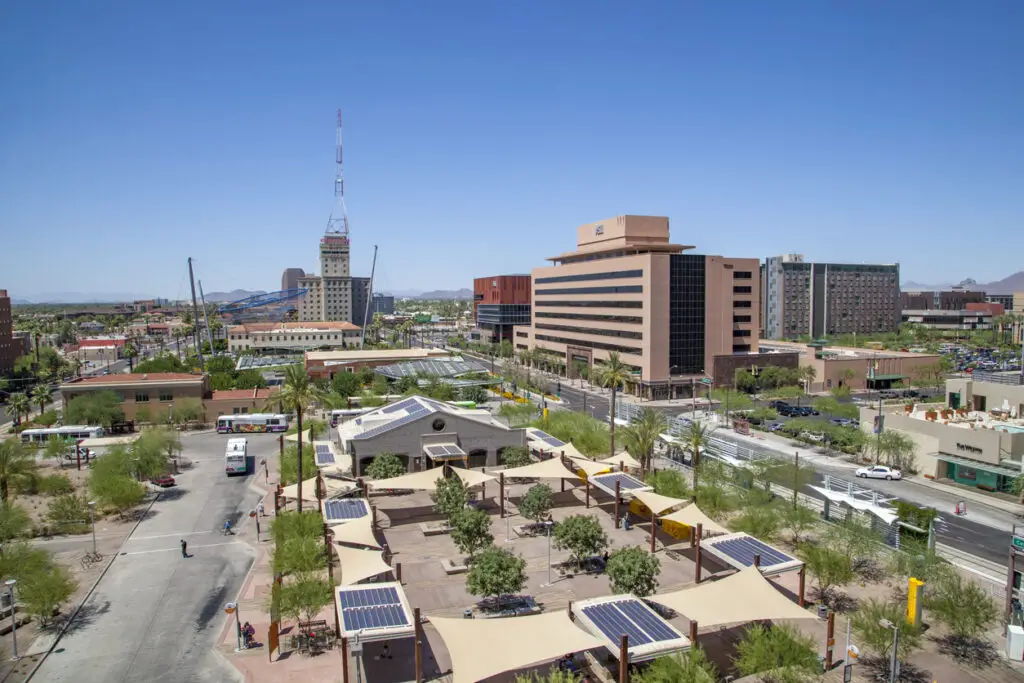
The Phoenix-Mesa metropolitan area in Arizona faces challenges with air quality, particularly concerning ozone pollution. The region’s rapid population growth has led to increased vehicle emissions, construction activities, and energy consumption, all contributing to the degradation of air quality. According to IQAir, the area’s sunny climate facilitates the formation of ground-level ozone, further complicating efforts to maintain clean air.
Health concerns for residents include respiratory issues, such as asthma and chronic obstructive pulmonary disease (COPD), as well as other pollution-related health problems. Local authorities have implemented measures to address these challenges, including promoting the use of public transportation, encouraging carpooling, and implementing regulations to control industrial emissions. Public awareness campaigns also play a crucial role in educating residents about the importance of air quality and steps they can take to reduce pollution.
6. Fairbanks, Alaska
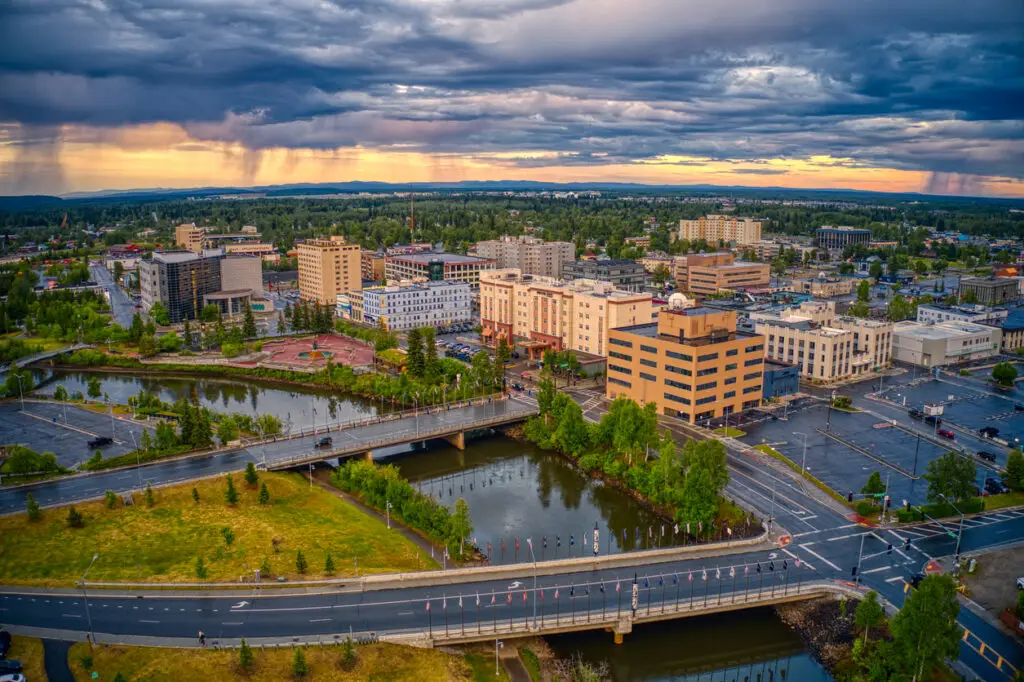
Fairbanks, Alaska, presents a unique case in terms of air quality challenges. During the winter months, the city experiences significant issues with fine particulate matter (PM2.5) pollution. The primary sources of this pollution are wood-burning stoves and boilers used for heating, as well as emissions from vehicles and industrial activities. Temperature inversions, a common meteorological phenomenon in Fairbanks during the winter, trap pollutants close to the ground, leading to elevated pollution levels.
The health implications for Fairbanks residents include increased risks of respiratory and cardiovascular diseases, particularly during periods of high pollution. Efforts to improve air quality have focused on promoting cleaner heating alternatives, implementing stricter emission standards for wood-burning devices, and encouraging the use of public transportation. Community involvement and adherence to air quality advisories are essential components in addressing the city’s air pollution challenges.
Click here for more stories like this
7. Cleveland-Akron-Canton, Ohio
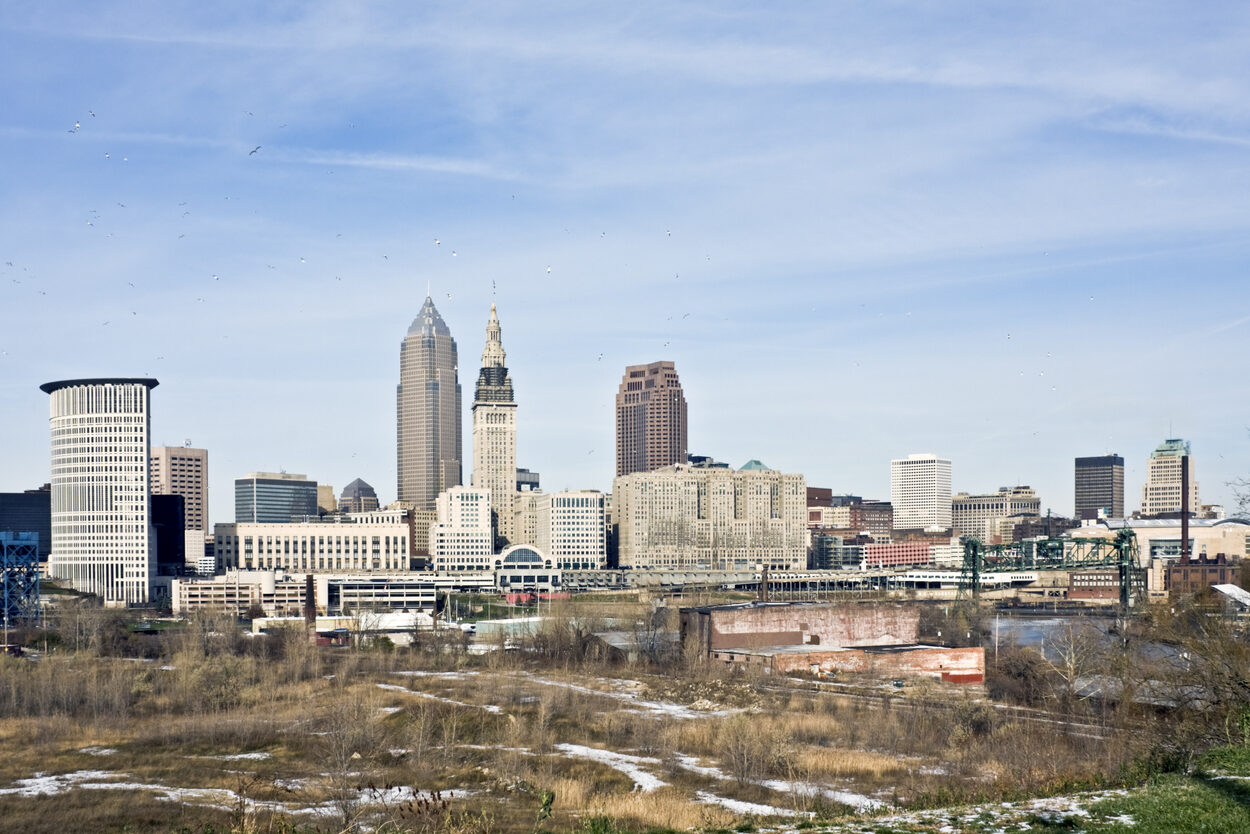
The Cleveland-Akron-Canton area in Ohio faces challenges with both ozone and particulate matter pollution. The region’s industrial history, coupled with vehicular emissions and power plant operations, contributes to air quality issues. During warmer months, ozone pollution becomes particularly problematic, exacerbating respiratory conditions and other health concerns for residents. The city’s geographical location and climate patterns also play a role in trapping pollutants, leading to periods of degraded air quality.
Efforts to improve air quality in Cleveland-Akron-Canton have included regulatory measures to curb emissions from industrial sources, investments in cleaner transportation alternatives, and public awareness initiatives to reduce pollution. While progress has been made, challenges remain in fully addressing air quality concerns. Continued investment in sustainable practices, technological advancements, and community engagement will be key to ensuring cleaner air for the region in the future.While some cities struggle with air pollution, others have made significant strides in maintaining clean air. These cities benefit from a combination of favorable geography, strong environmental policies, and efforts to reduce emissions from transportation and industry. Here are six U.S. cities that consistently rank among the best for air quality.
Best Cities for Air Quality
8. Honolulu, Hawaii
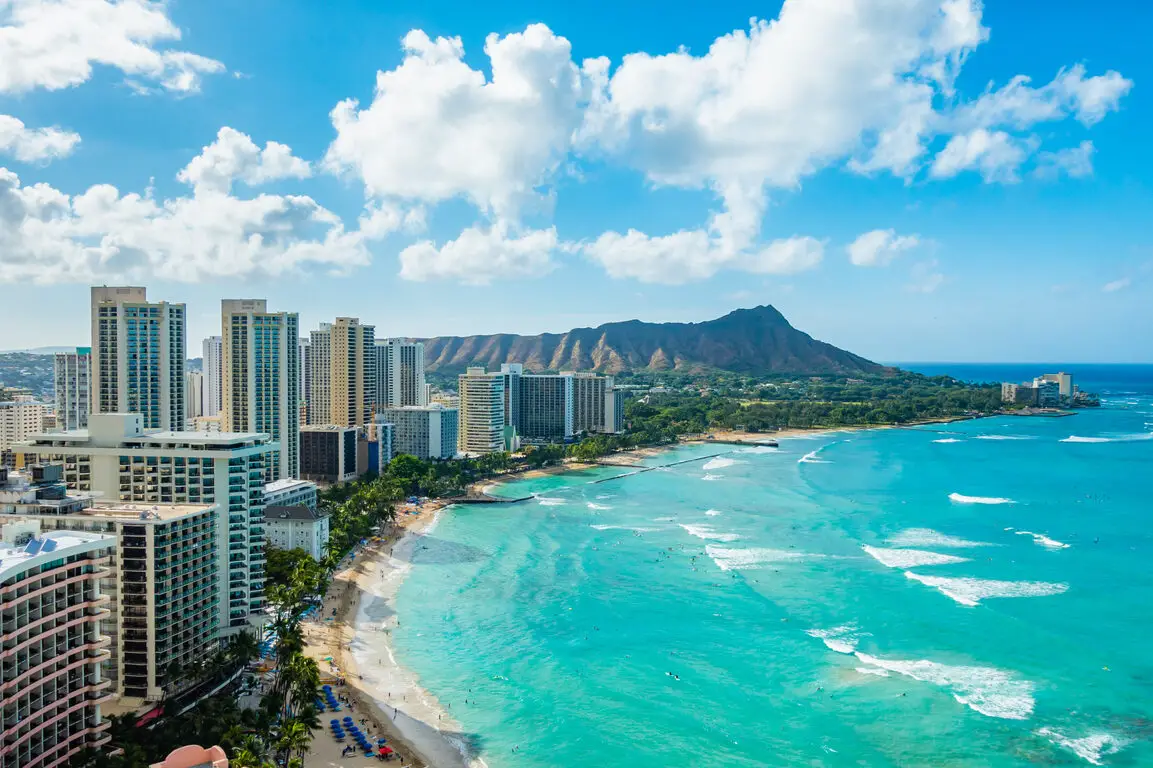
Honolulu, the capital of Hawaii, is known for its stunning beaches, lush landscapes, and remarkably clean air. The city benefits from consistent trade winds that help disperse pollutants. preventing the accumulation of harmful emissions. Unlike many mainland cities, Honolulu does not have a high concentration of industrial facilities, and strict environmental regulations help ensure that pollution levels remain low.
The health benefits of Honolulu’s clean air are significant, with residents experiencing lower rates of respiratory illnesses and pollution-related health issues. The city’s commitment to sustainability, including investments in renewable energy and public transportation, further enhances air quality. Honolulu serves as a model for how natural advantages and proactive policies can work together to maintain an environment with clean, breathable air.
9. Cheyenne, Wyoming
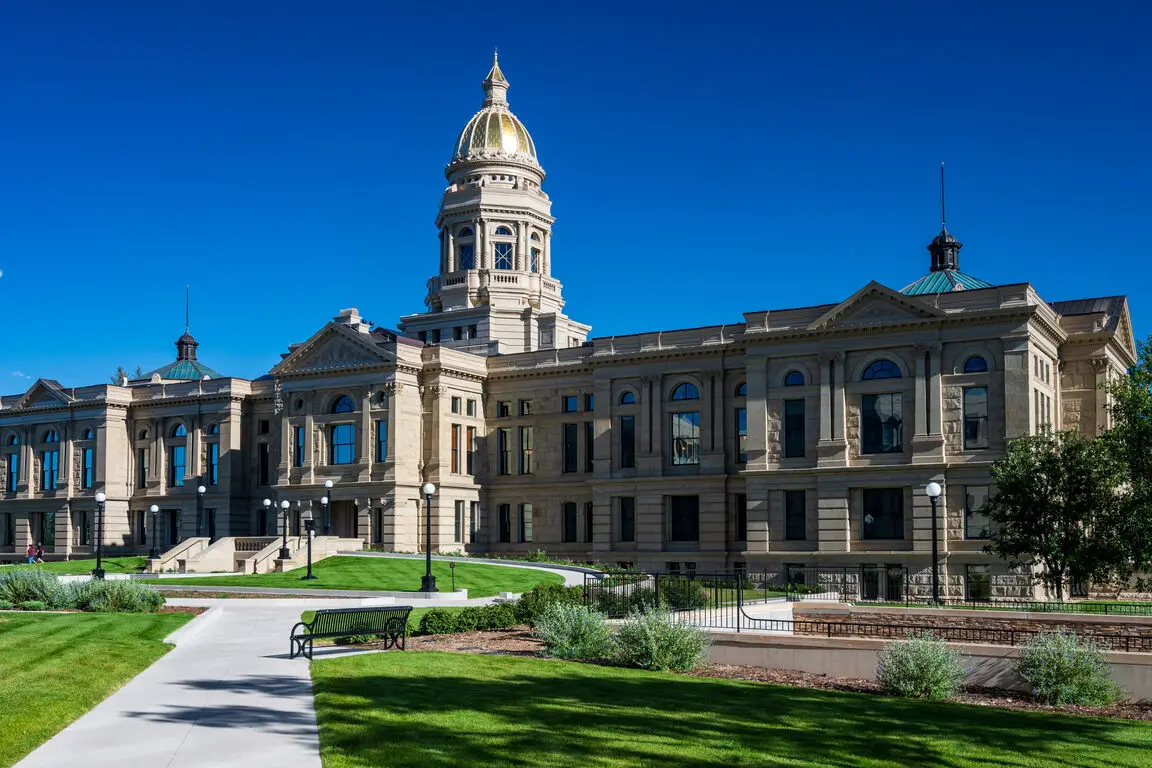
Cheyenne, Wyoming, consistently ranks among the U.S. cities with the best air quality. The city benefits from its low population density, minimal industrial activity, and geographic location, which allows for excellent air circulation. Unlike larger metropolitan areas, Cheyenne does not suffer from high levels of vehicle emissions, making it one of the cleanest urban areas in the country.
Efforts to preserve Cheyenne’s air quality include policies that promote sustainable land use, clean energy adoption, and conservation efforts. Residents enjoy an environment with minimal pollution, leading to improved overall health and quality of life. The city’s clean air is a testament to the benefits of low-emission lifestyles, strong environmental protections, and thoughtful urban planning.
10. Bismarck, North Dakota
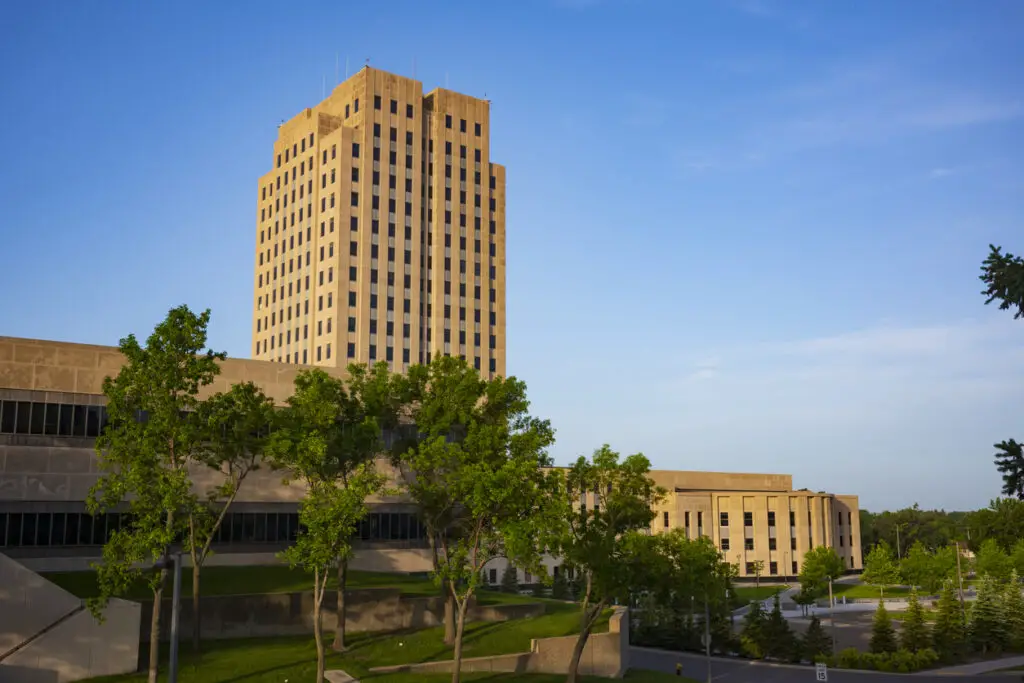
Bismarck, the capital of North Dakota, is another U.S. city known for its exceptional air quality. The region’s low population density and minimal industrial activity contribute to consistently clean air. The city’s open landscapes allow for natural air circulation, which helps disperse any pollutants that may arise from transportation or energy production.
Bismarck’s residents enjoy a high quality of life with minimal exposure to air pollution-related health risks. The local government has taken steps to preserve air quality through emissions regulations and investments in renewable energy sources. With continued commitment to sustainability, Bismarck is likely to remain one of the nation’s top cities for clean air.
11. Burlington, Vermont

Burlington, Vermont, is widely recognized for its dedication to environmental conservation and sustainability. The city has made significant efforts to transition to renewable energy, with a strong emphasis on reducing emissions from transportation and industry. The surrounding forests and open spaces further contribute to excellent air quality by absorbing carbon dioxide and filtering pollutants.
Residents of Burlington enjoy the benefits of breathing clean air, with lower risks of respiratory illnesses and other pollution-related health issues. The city’s commitment to sustainability extends beyond air quality, with efforts to protect water sources, promote green building practices, and encourage public transportation. Burlington stands as an example of how proactive policies and community involvement can create a cleaner, healthier environment.
12. Salem, Oregon
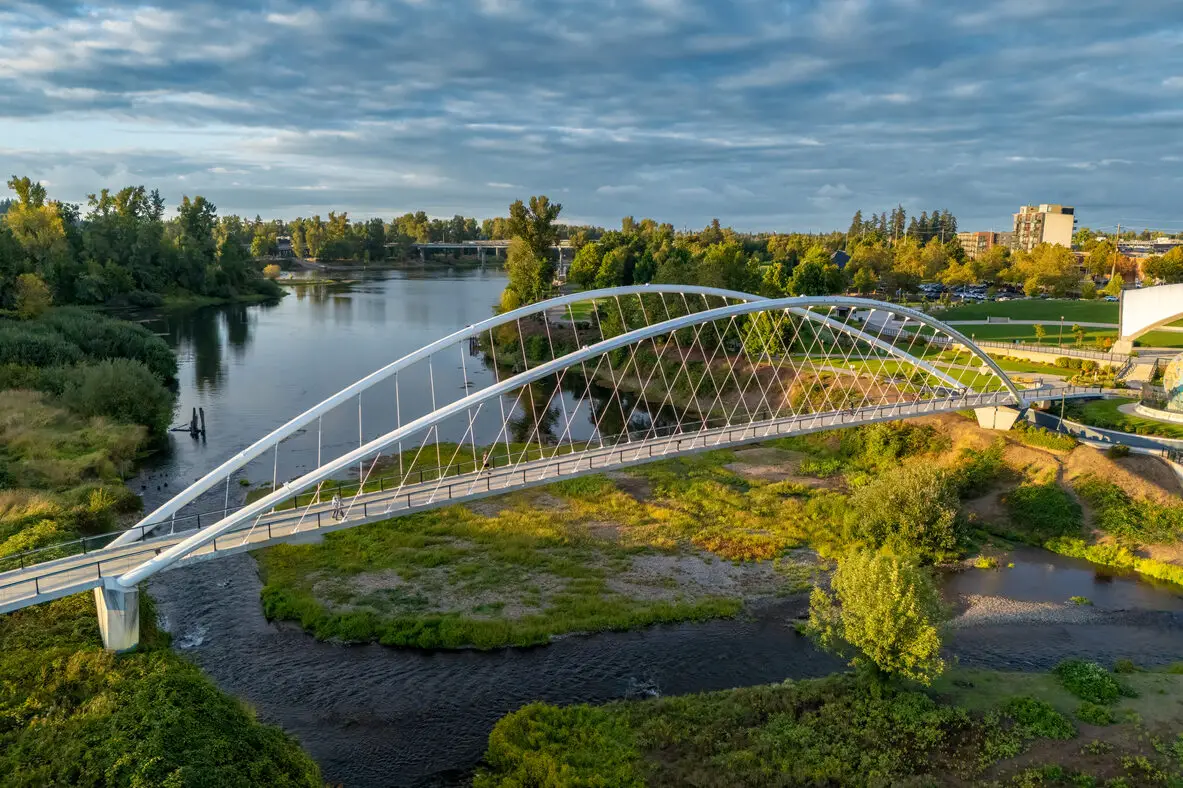
Salem, the capital of Oregon, is a city that takes pride in its fresh, clean air. Surrounded by rolling hills, vineyards, and expansive green spaces, the city benefits from a natural environment that helps filter pollutants. Unlike many metropolitan areas, Salem does not have a high concentration of heavy industry, which significantly reduces the number of harmful emissions released into the atmosphere. Additionally, the city’s frequent rainfall helps clear pollutants from the air, keeping it fresh year-round. Another key factor contributing to Salem’s clean air is its relatively mild traffic congestion. While the city does experience rush-hour delays, its roadways are far less burdened compared to major cities like Portland or Seattle. This lower vehicle density means fewer emissions from cars, making a significant difference in overall air quality.
Beyond its natural advantages, Salem has taken proactive steps to ensure its air remains pristine. The city has adopted strict environmental policies aimed at reducing emissions from transportation and buildings. Public transportation is well-integrated, with an efficient bus system and increasing investments in bike-friendly infrastructure, encouraging residents to reduce their reliance on personal vehicles. Renewable energy initiatives, including wind and solar projects, have also gained momentum, further reducing the city’s carbon footprint. Community engagement plays a significant role as well—residents are encouraged to participate in tree-planting programs, sustainability workshops, and air quality awareness campaigns. With a strong commitment to maintaining environmental health, Salem stands as an example of how urban centers can grow while still prioritizing clean air and sustainability.
13. Bangor, Maine
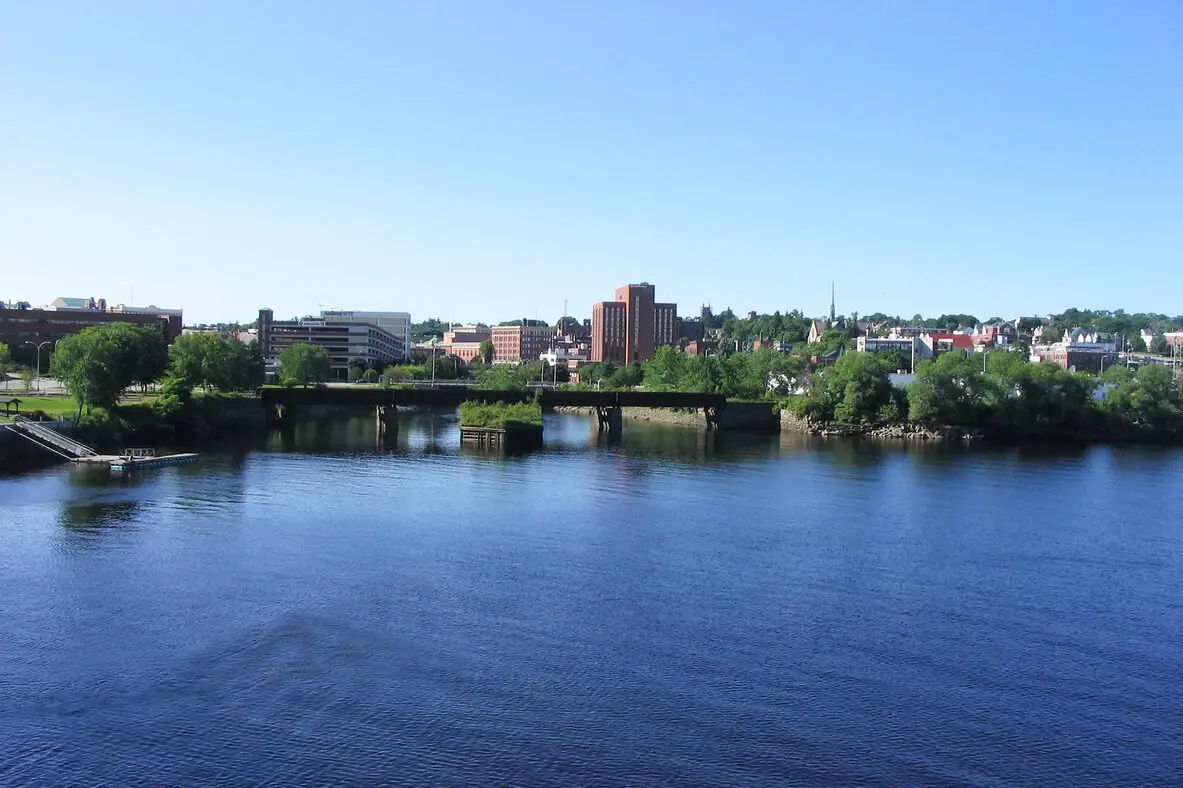
Bangor, Maine, rounds out the list of U.S. cities with the best air quality. The city benefits from its location in a region with extensive forests and minimal industrial pollution. Unlike many metropolitan areas, Bangor does not experience significant traffic congestion or emissions from large-scale manufacturing, contributing to consistently clean air.
Residents of Bangor enjoy a healthy living environment with low pollution levels, reducing the risks of respiratory and cardiovascular diseases. The city’s focus on conservation and sustainable development has helped maintain its status as a leader in air quality. Bangor’s success highlights the importance of protecting natural resources and implementing policies that support long-term environmental health.


